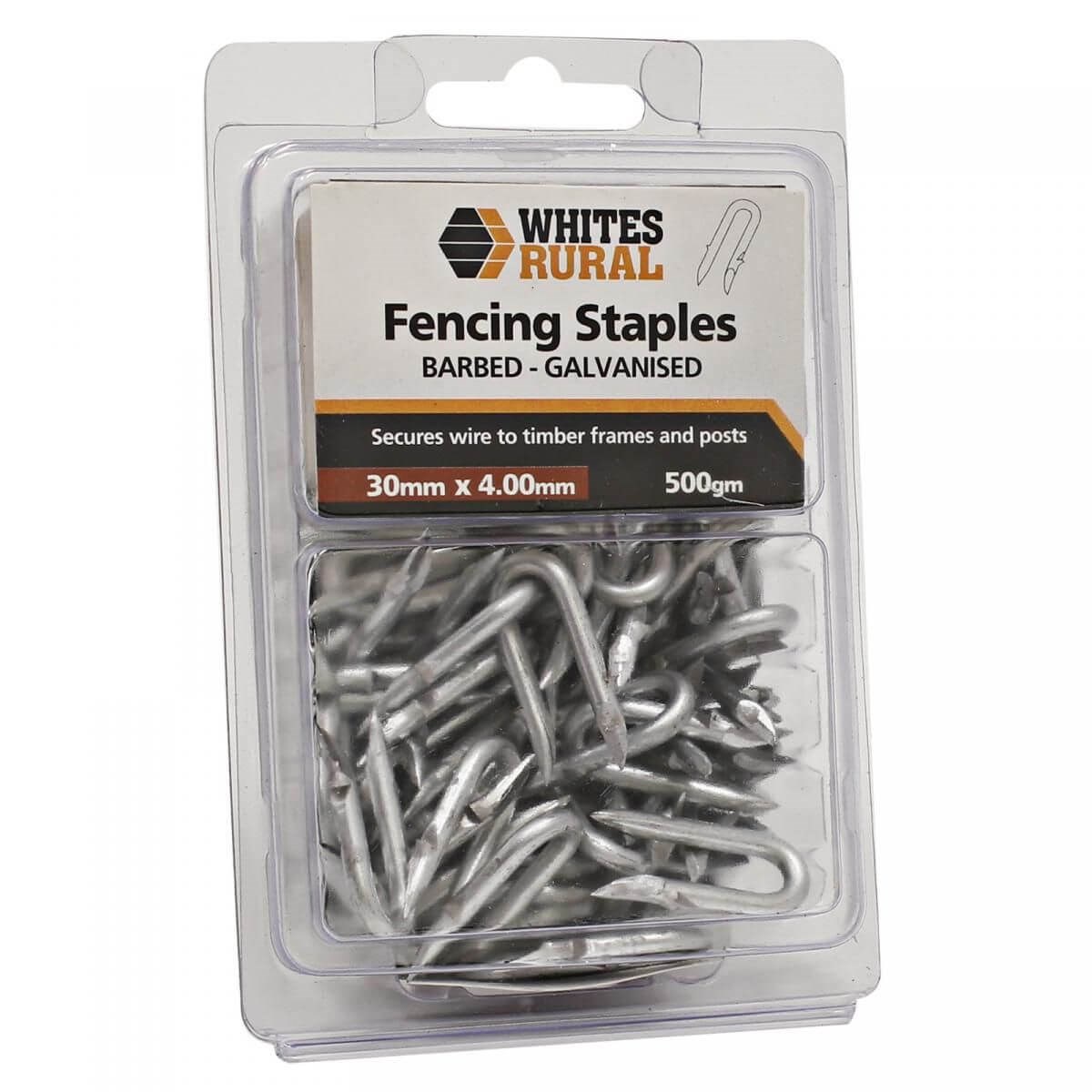

Articles
How To Use Fence Staples
Modified: March 2, 2024
Learn how to properly use fence staples with our informative articles. Discover tips and techniques for effective fence installation. Enhance your fencing skills today!
(Many of the links in this article redirect to a specific reviewed product. Your purchase of these products through affiliate links helps to generate commission for Storables.com, at no extra cost. Learn more)
Introduction
Welcome to our comprehensive guide on how to use fence staples. If you’re planning to install a fence on your property, fence staples will be an essential tool in your arsenal. These versatile fasteners ensure that your fence stays securely in place and withstands the test of time.
In this article, we’ll cover everything you need to know about using fence staples, including the benefits they offer, the different types available, the tools required, and a step-by-step guide to proper installation. We’ll also provide some helpful tips and insights to ensure you achieve optimal results.
Whether you’re a DIY enthusiast or a professional contractor, this guide will equip you with the knowledge and expertise to successfully install and maintain a sturdy fence using fence staples.
So, let’s jump right in and discover the world of fence staples and how they can revolutionize your fencing projects!
Key Takeaways:
- Fence staples offer durability, easy installation, and versatility, making them the ideal choice for securing various fencing materials. By understanding the types of staples and proper installation techniques, you can create a sturdy and reliable fence that withstands the test of time.
- Proper maintenance and care for fence staples are essential for ensuring the longevity and functionality of your fence. By following manufacturer recommendations, monitoring environmental factors, and performing regular inspections, you can extend the lifespan of your fence staples and enjoy a secure and functional fence for years to come.
Read more: How To Use A Staples Printer
Benefits of Fence Staples
Fence staples offer a multitude of benefits that make them the go-to choice for securing fences. Let’s explore some of the key advantages:
- Durability: Fence staples are designed to withstand harsh weather conditions, including strong winds and heavy rain. They are made from high-quality materials, such as galvanized steel, which ensures long-lasting durability.
- Easy Installation: One of the major benefits of fence staples is their ease of installation. They can be quickly and easily hammered into wooden posts or stakes, saving you valuable time and effort during the fence installation process.
- Secure Attachment: Fence staples provide a secure attachment for the fencing material, preventing it from sagging or coming loose over time. The sharp points of the staples penetrate the wood, holding the fence firmly in place.
- Versatility: Fence staples can be used for a variety of fencing materials, including wire mesh, chicken wire, deer netting, and fabric fencing. Their versatility makes them suitable for a wide range of projects, from residential fences to agricultural and industrial applications.
- Cost-Effective: When compared to other types of fence fasteners, fence staples are often more cost-effective. They provide a reliable and long-lasting solution at an affordable price, making them a popular choice among homeowners and professionals.
- Minimal Damage: Unlike screws or nails, which can cause splitting or damage to wooden posts, fence staples create minimal damage during installation. This ensures the structural integrity of the fence and reduces the risk of future repairs.
- Flexibility: Fence staples offer flexibility in terms of adjusting or repairing the fence. If any section needs to be replaced or repaired, the staples can be easily removed and reinstalled without causing significant damage to the surrounding fence.
These benefits highlight why fence staples are the preferred choice for securing fences. Whether you’re building a privacy fence, enclosing a garden, or protecting livestock, using fence staples will ensure a sturdy and reliable fence that stands the test of time.
Types of Fence Staples
When it comes to fence staples, there are different types available, each suited for specific fencing projects and materials. Let’s take a closer look at the common types of fence staples:
- U-Shaped Staples: U-shaped staples, also known as U-nails, are the most popular type of fence staple. These staples feature two parallel legs joined by a curved middle section, forming a U shape. They are primarily used for attaching wire mesh, chicken wire, and other lightweight fencing materials to wooden posts. U-shaped staples provide a secure grip while allowing for some flexibility in case of natural expansion and contraction of the fence.
- Ring Shank Staples: Ring shank staples are designed with a series of rings along the length of the staple. These rings enhance the grip and holding power of the staple. They are ideal for attaching fabric fencing, such as deer netting or snow fencing, to wooden posts. The rings help prevent the fencing material from slipping or pulling out, ensuring a sturdy and long-lasting fence.
- Round Top Staples: Round top staples feature a rounded top, offering a smooth, finished appearance once installed. They are commonly used for securing barbed wire or other high-tensile wires to wooden posts. The round top design minimizes the risk of injury and snagging on the fence.
- Staples with Barb: These staples have a barb or barbs along the length of the legs. The barbs provide extra holding power, preventing the staple from being easily pulled out. They are recommended for securing livestock fencing or other heavy-duty materials.
- Galvanized Staples: Galvanized staples are coated with a layer of zinc to protect against corrosion and rust. These staples are highly durable and suitable for outdoor applications where moisture and weather conditions may be a factor. Galvanized staples are commonly used in agricultural, industrial, and coastal areas.
Choosing the right type of fence staple depends on the specific requirements of your project. Consider the fencing material, the weight and tension of the material, and the environmental conditions in your area. By selecting the appropriate staple, you can ensure a secure and reliable fence installation.
Tools Required for Using Fence Staples
When it comes to using fence staples, there are a few essential tools that you will need to ensure a successful installation. Here are the tools required for using fence staples:
- Hammer: A hammer is the primary tool for driving the fence staples into the wooden posts. Choose a hammer with a comfortable grip and a weight that you can comfortably handle. The hammer should be sturdy enough to provide sufficient force for the staples to penetrate the wood.
- Fence Staple Gun: If you have a large fencing project or prefer a more efficient and streamlined installation process, a fence staple gun can be a valuable tool. A staple gun can speed up the installation process by automatically driving the staples into the wood. Make sure to choose a staple gun that is compatible with the size and type of staples you are using.
- Staple Puller: In case you need to make any adjustments or repairs to the fence, a staple puller will come in handy. This tool helps you to remove the staples without damaging the fence material or the wooden posts. Look for a staple puller that provides a secure grip on the staples for easy removal.
- Wire Cutters: If you are working with wire fencing materials such as barbed wire or chicken wire, wire cutters are essential for trimming and cutting the wire to the desired length. Use a pair of high-quality wire cutters that can handle different wire thicknesses with ease.
- Measuring Tape: Accurate measurements are crucial for ensuring a straight and evenly spaced fence. A measuring tape allows you to measure the distances between fence posts and ensure consistent spacing throughout the installation process.
- Gloves and Safety Glasses: As with any construction or DIY project, safety should be a top priority. Wear protective gloves to protect your hands from potential injuries, and safety glasses to shield your eyes from flying debris or staple fragments. Safety should always be prioritized when working with tools and materials.
These tools will help you install and maintain your fence using fence staples. Be sure to have them on hand before starting your project to ensure a smooth and efficient installation.
Step-by-Step Guide to Using Fence Staples
Follow this step-by-step guide to effectively use fence staples and achieve a secure and professionally installed fence:
- Prepare the Materials: Gather all the necessary materials, including your fence panels or wire mesh, wooden posts, fence staples, hammer or staple gun, and any additional tools or safety gear.
- Measure and Mark: Begin by measuring and marking the exact locations where the fence posts will be installed. Use a measuring tape and stakes to ensure proper spacing and alignment.
- Attach Fence Panels: If you are using pre-constructed fence panels, place them between the posts and ensure they are level. Use clamps or assistants to hold the panels in place as you work.
- Position the Staple: Take a fence staple and position it at the desired location on the wooden post, ensuring it aligns with the fence panel or wire mesh. Hold the staple perpendicular to the post, with the legs pointing downward.
- Secure the Staple: Using a hammer or staple gun, drive the staple into the wooden post until it is snugly secured. Apply sufficient force to ensure the staple penetrates the wood and holds the fence material firmly in place.
- Continue Installing Staples: Move along the fence, positioning and securing the staples at regular intervals. As you progress, ensure the fence remains level and aligned, making any necessary adjustments along the way.
- Trim Excess Material: If you are working with wire fencing, use wire cutters to trim any excess wire protruding from the staples. This will ensure a clean and professional-looking fence.
- Inspect and Test: Once all the staples are installed, take a step back and inspect the fence for any loose staples or weak spots. Give the fence a gentle shake to ensure it is secure and properly attached to the posts.
- Make Adjustments if Necessary: If you notice any loose staples or areas that require reinforcement, use a staple puller to remove the staples and re-secure the fence material. Make any necessary adjustments to ensure a sturdy and reliable fence.
- Final Checks: Once the fence is secure, give it a final inspection to ensure everything looks good. Make sure the fence is level, the spacing between posts is consistent, and the fence material is taut and properly attached.
By following these step-by-step instructions, you’ll be able to effectively use fence staples and create a sturdy and aesthetically pleasing fence. Remember to prioritize safety throughout the installation process and take the time to make any necessary adjustments or repairs for a long-lasting fence.
When using fence staples, make sure to use the right size for your fence posts and wire. Use a hammer to firmly secure the staples into the wood, ensuring a strong and stable fence.
Read more: How To Use Fence Stretcher
Tips for Properly Installing Fence Staples
Installing fence staples may seem straightforward, but there are some tips and tricks that can help ensure a smooth and successful installation. Here are some valuable tips for properly installing fence staples:
- Choose the Right Size: Ensure that you select fence staples that are appropriate for the thickness of your fence material and the type of wood you are working with. Using the correct size of staples will ensure a secure and snug fit.
- Prevent Splitting: To prevent wood splitting, make sure to pre-drill pilot holes slightly smaller than the staple size. This will help the staple penetrate the wood without causing damage or splitting.
- Avoid Overdriving: Take care not to overdrive the fence staples excessively into the wood. This can weaken the wood and may cause splitting or damage. Drive the staples until they are snug and secure, but not to the point where they are excessively tight or burying into the wood.
- Space Staples Properly: Ensure that you space the fence staples evenly across the fence line for a consistent and secure installation. This will help distribute the tension and prevent sagging or weak spots in the fence.
- Consider Staple Angles: When installing staples, consider angling them slightly towards the direction of the fence tension. This helps provide additional holding strength and resistance against the force applied to the fence. However, be cautious not to angle them too aggressively, as it may compromise their holding power.
- Remove Staples with Care: If you need to remove a fence staple for any reason, use a staple puller or pliers to avoid damaging the fence material or wood. Gently wiggle the staple back and forth to loosen it before pulling it out.
- Apply Adequate Force: Whether using a hammer or staple gun, apply sufficient force to ensure that the staples penetrate the wood properly. This will provide a strong and secure attachment for your fence.
- Maintain Consistent Tension: As you install the fence staples, maintain consistent tension on the fence material. This will help ensure the fence is taut and properly secured to the posts.
- Consider Weather Conditions: If you are installing a fence in extreme weather conditions or areas prone to high winds, consider using additional staples or reinforcement at corners and at the top and bottom of the fence to provide extra stability.
- Perform Regular Inspections: After installation, periodically inspect your fence to check for any loose staples or signs of damage. Make any necessary repairs promptly to maintain a sturdy and functional fence.
By following these tips, you can ensure that your fence staples are properly installed, offering a secure and long-lasting fencing solution. Take your time during the installation process, pay attention to details, and make any necessary adjustments to achieve the best results.
Common Mistakes to Avoid
When installing fence staples, it’s important to be aware of common mistakes that can compromise the integrity and functionality of your fence. By avoiding these mistakes, you can ensure a successful installation and enjoy a sturdy and long-lasting fence. Here are some common mistakes to avoid:
- Using the wrong size of staples: Using staples that are either too small or too large for your fence material can lead to an insecure attachment or damage to the wood. Ensure you select the appropriate size of staples that are compatible with your fence material and the type of wood you’re working with.
- Failing to pre-drill pilot holes: Skipping the step of pre-drilling pilot holes before driving in the staples can lead to wood splitting or damage. Take the time to properly pre-drill the holes to prevent these issues and ensure a secure installation.
- Overdriving the staples: Driving the staples too far into the wood can weaken the integrity of the fence and lead to splitting or damage. Drive the staples only until they are snug and secure, without burying them excessively into the wood.
- Inadequate spacing: Improper spacing of the fence staples can result in an uneven and weak fence. Make sure to space the staples evenly along the fence line to ensure consistent tension and prevent sagging or weak spots.
- Angling the staples too aggressively: While angling the staples slightly can provide additional holding strength, angling them too aggressively can compromise their holding power and stability. Strike a balance when angling the staples to ensure optimal results.
- Removing staples carelessly: When removing staples, it’s important to do so with care to avoid damaging the fence material or wood. Use a staple puller or pliers and wiggle the staple gently to loosen it before pulling it out.
- Insufficient force: Applying inadequate force when driving in the staples can result in a loose attachment and an insecure fence. Make sure to apply enough force to ensure the staples penetrate the wood properly and provide a secure grip.
- Ignoring regular inspections: Neglecting to inspect your fence periodically can lead to the accumulation of loose staples or unnoticed damage. Perform regular inspections and promptly make any necessary repairs to keep your fence in optimal condition.
- Not considering environmental factors: Failing to consider environmental factors such as extreme weather conditions or high winds can compromise the stability of your fence. Take these factors into account during installation and reinforcement to ensure a durable fence.
- Rushing the installation: Installing a fence requires patience and attention to detail. Rushing the process can lead to mistakes or poor results. Take your time, follow the proper steps, and ensure each staple is securely installed for a successful fence installation.
By avoiding these common mistakes and taking the time to properly install and maintain your fence, you can enjoy a functional, secure, and long-lasting fencing solution that enhances the appearance and value of your property.
Maintenance and Care for Fence Staples
Maintaining and caring for your fence staples is essential to ensure the longevity and functionality of your fence. By following these maintenance and care tips, you can keep your fence staples in optimal condition:
- Inspect Regularly: Periodically inspect your fence staples to check for any signs of damage, rust, or loosening. Look for any staples that may have become loose or dislodged over time.
- Replace Damaged Staples: If you notice any damaged or corroded staples during your inspections, promptly replace them. Damaged staples can compromise the integrity of your fence, so it’s important to replace them to maintain a secure attachment.
- Prevent Rust: If your fence staples are made of metal, such as galvanized steel, rust can be a concern. Apply a rust-resistant coating or paint to the staples to protect them from moisture and prevent corrosion.
- Keep Vegetation Under Control: Plants and vegetation growing around your fence can put pressure on the staples and cause them to loosen or become less secure. Regularly trim and maintain vegetation around the fence line to avoid unnecessary stress on the staples.
- Reinforce Weak Areas: If you notice any weak spots or areas of the fence that are prone to sagging or movement, reinforce them with additional staples. This will provide extra support and prevent further damage.
- Monitor Soil Erosion: If you have a fence installed on a slope or in an area prone to soil erosion, keep an eye on the soil movement around the posts. Ensure that the posts and staples remain secure and make any necessary adjustments or repairs to maintain the fence’s stability.
- Clear Debris: Remove any debris, leaves, or other materials that may accumulate near the bottom of your fence. These materials can trap moisture against the staples and increase the risk of rust or damage. Regularly clear debris to promote proper air circulation around the fence.
- Revisit Installations: Over time, fence staples may naturally loosen due to weather conditions or settling of the soil. Periodically revisit your fence installations and reinforce any loose or weak staples to maintain the structural integrity of the fence.
- Consider Seasonal Adjustments: In areas with extreme seasons, such as freezing temperatures or hot summers, fence materials may expand or contract. Periodically check the tension and alignment of your fence, and make any necessary adjustments to the staples as the seasons change.
- Follow Manufacturer Recommendations: Lastly, follow any specific maintenance guidelines provided by the manufacturer of your fence staples. This may include recommendations for cleaning, lubrication, or specific care instructions to ensure the longevity and performance of the staples.
By implementing these maintenance and care practices, you can extend the lifespan of your fence staples and enjoy a secure and functional fence for years to come.
Conclusion
Congratulations! You have now learned the ins and outs of using fence staples to install a secure and long-lasting fence. With the right tools, proper technique, and attention to detail, you can achieve professional results that will enhance the functionality and aesthetics of your property.
From the benefits of fence staples to the different types available, we’ve covered everything you need to know to make informed decisions for your specific fencing project. By understanding the common mistakes to avoid and following the maintenance and care tips, you can ensure the durability and reliability of your fence staples.
Remember, selecting the right size and type of staples, spacing them properly, and driving them securely into the wood are crucial steps for a successful installation. Regular inspections, prompt repairs, and preventive measures will contribute to the longevity and performance of your fence staples.
Whether you’re a DIY enthusiast or a professional contractor, the knowledge and expertise gained from this guide will serve you well in all your future fencing projects. Enjoy the satisfaction of completing a well-constructed fence that not only provides privacy and security but also adds value to your property.
Now it’s time to put your newfound knowledge into action. Gather your tools, select the appropriate fence staples, and start building that fence you’ve been dreaming of. Happy fencing!
Ready to take your garden's charm up a notch? After mastering the use of fence staples, why not dive into some creative enclosure ideas? Our article on the best garden fence ideas offers loads of inspiration and practical advice for enhancing your outdoor space. Whether you're looking for privacy, beauty, or just a new project, you'll find plenty of options to suit your style and needs. Don’t miss out on transforming your garden into a delightful retreat!
Frequently Asked Questions about How To Use Fence Staples
Was this page helpful?
At Storables.com, we guarantee accurate and reliable information. Our content, validated by Expert Board Contributors, is crafted following stringent Editorial Policies. We're committed to providing you with well-researched, expert-backed insights for all your informational needs.

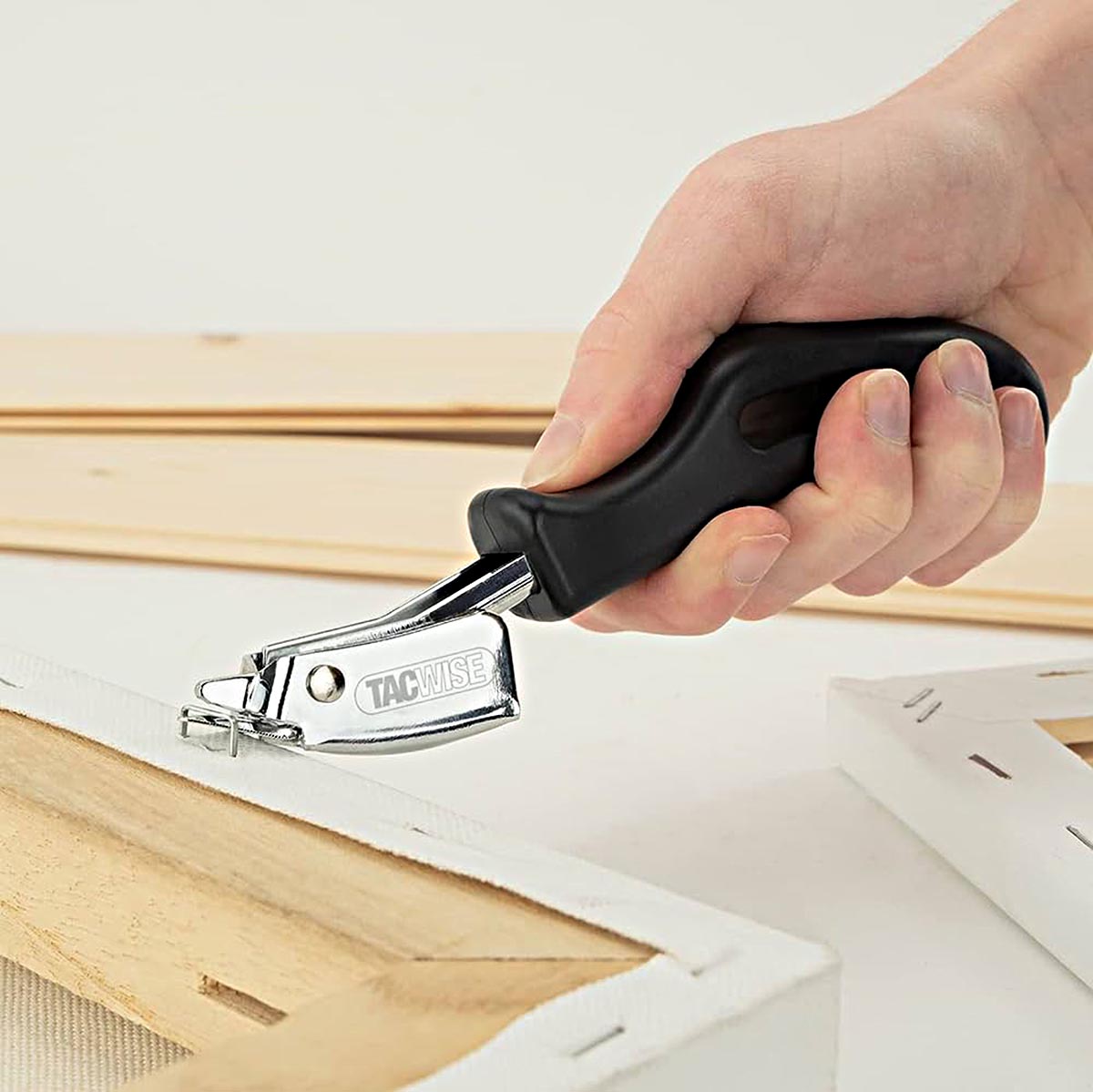
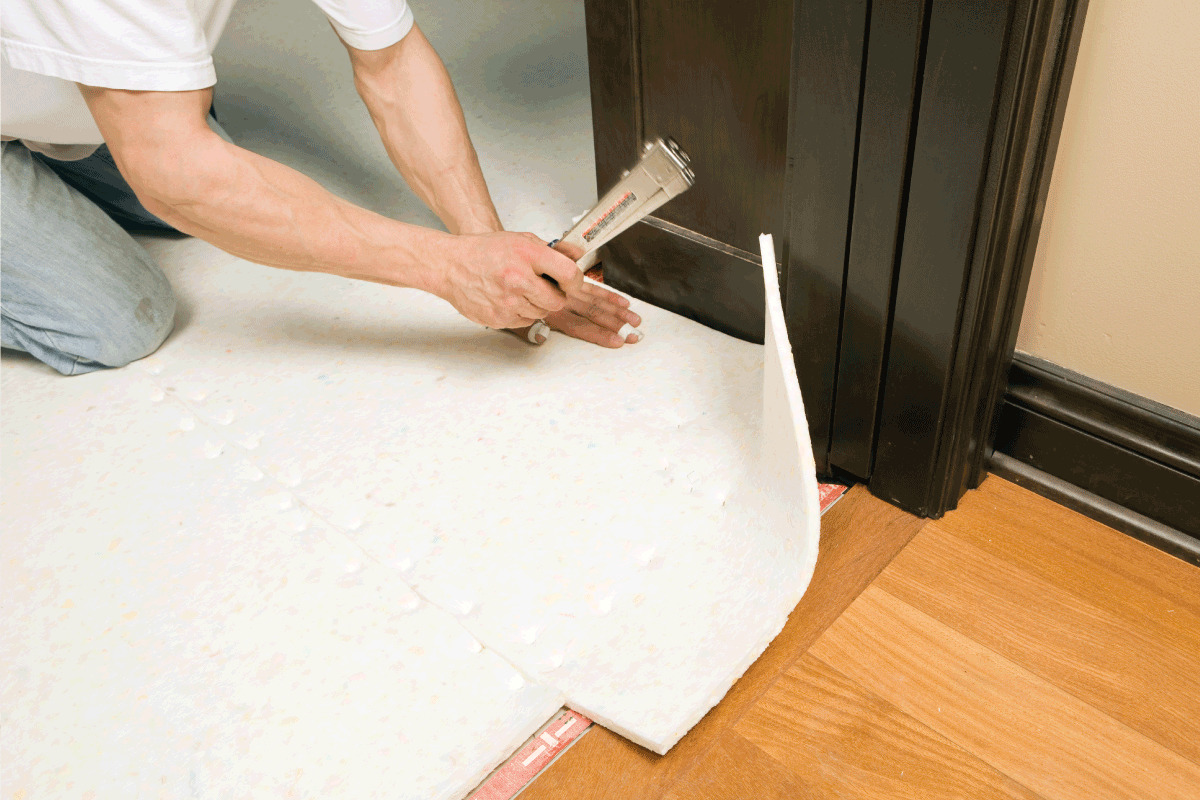
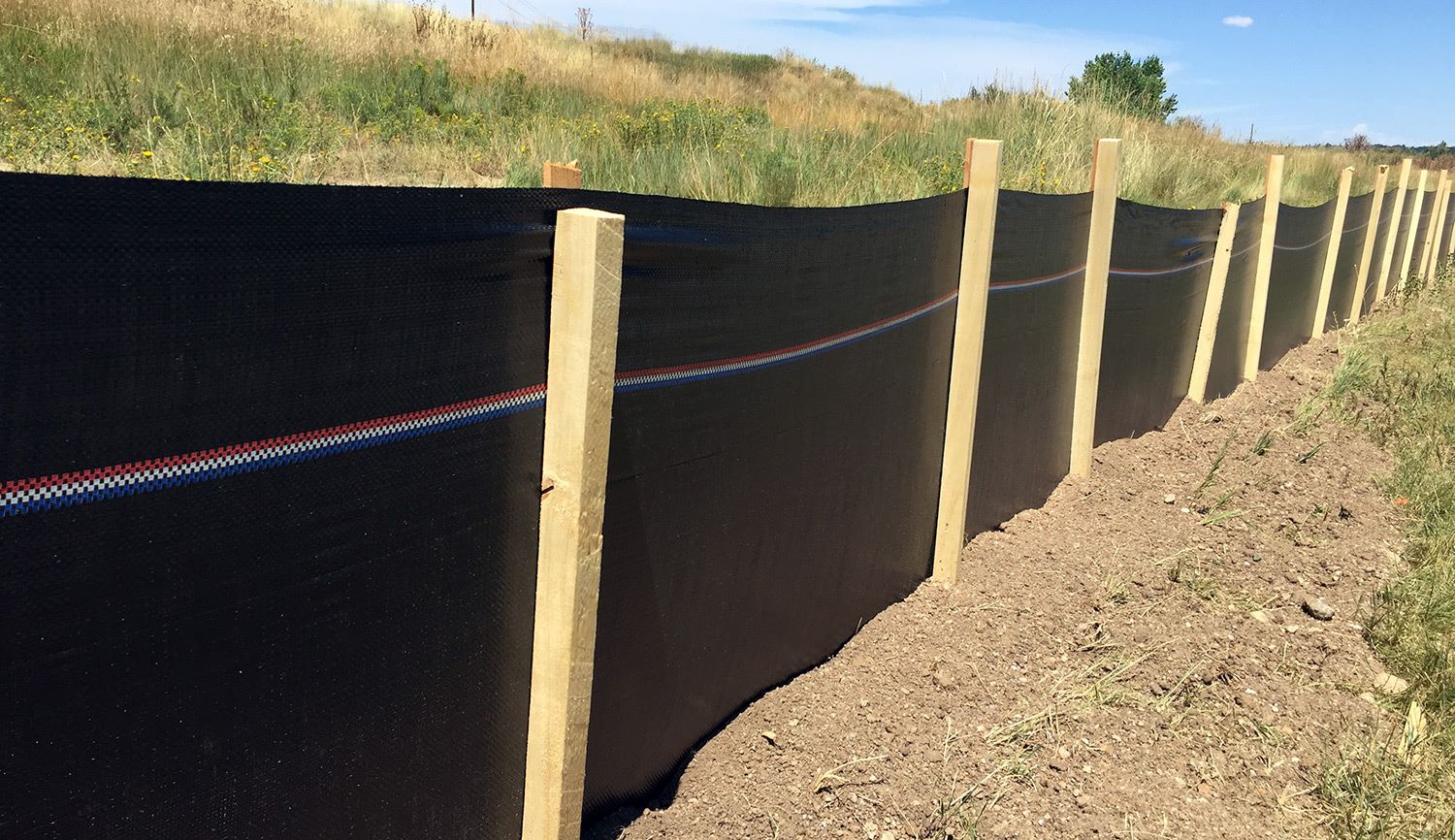

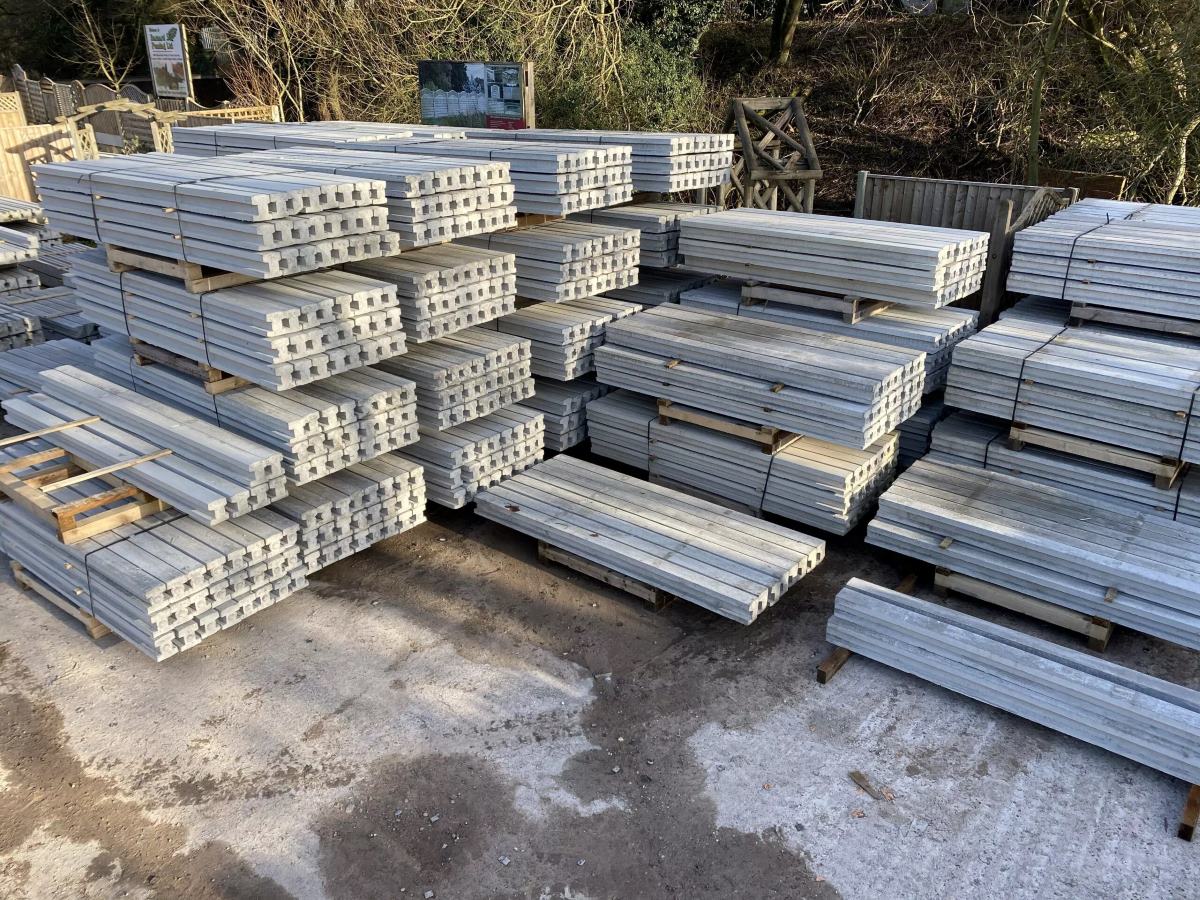
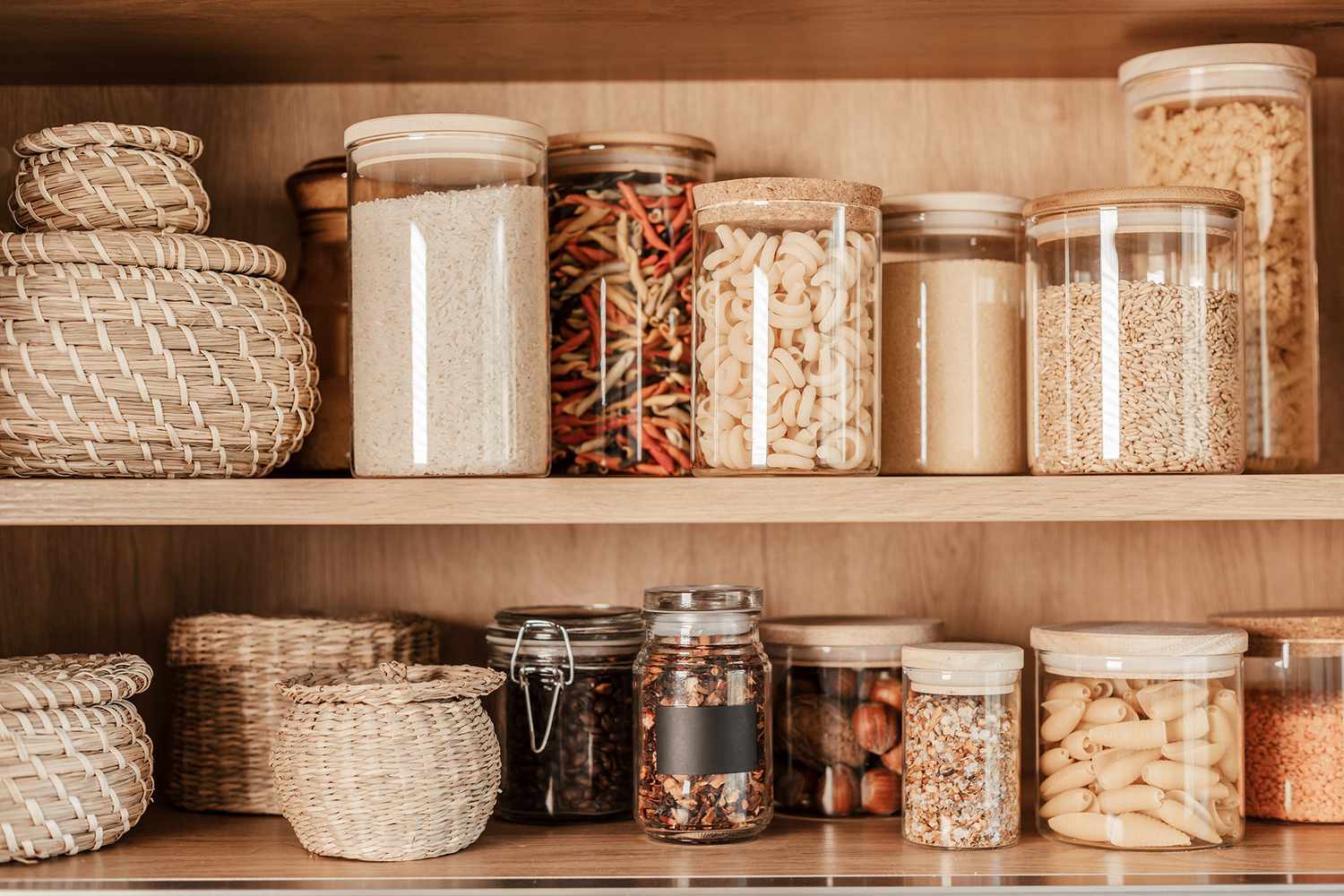
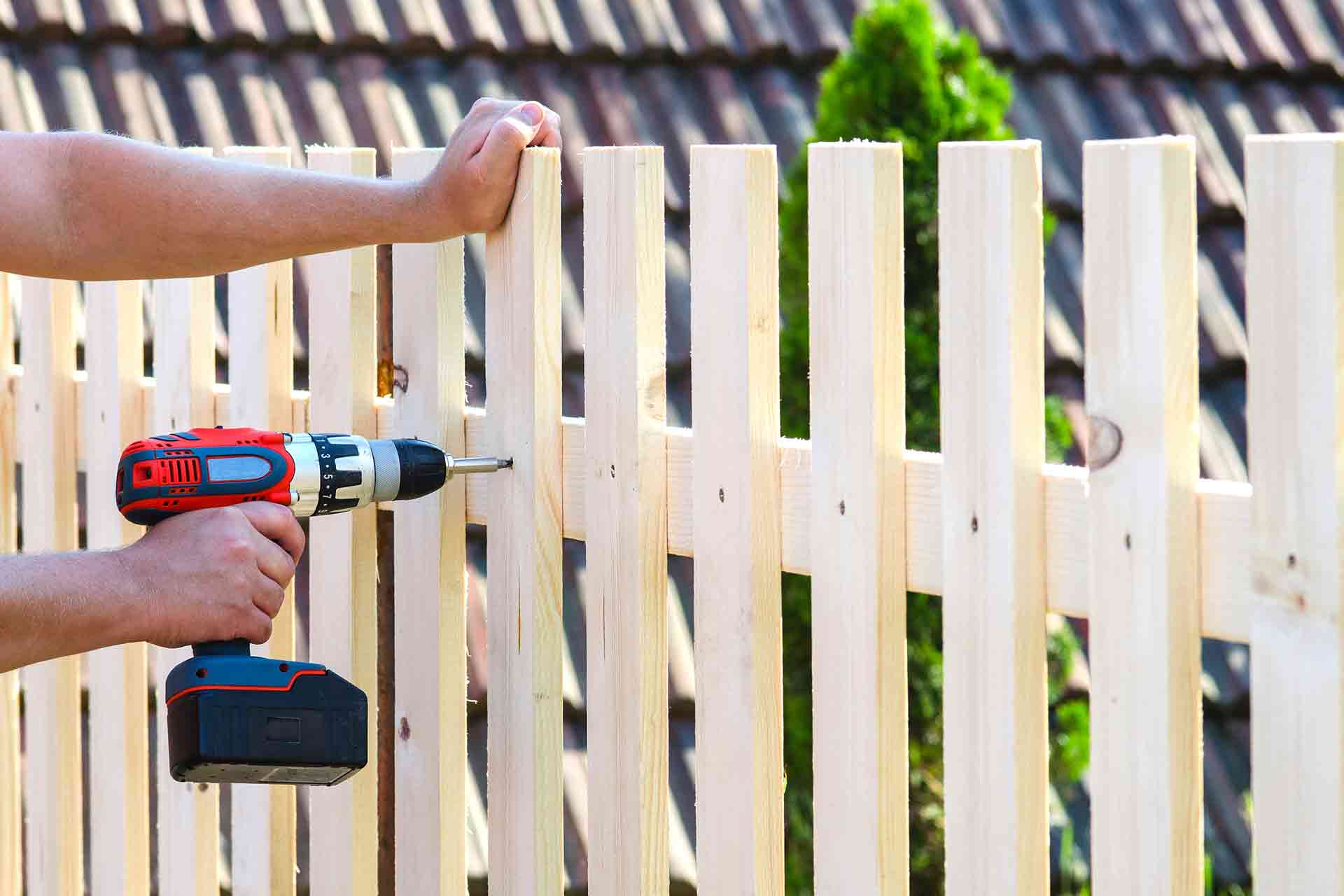
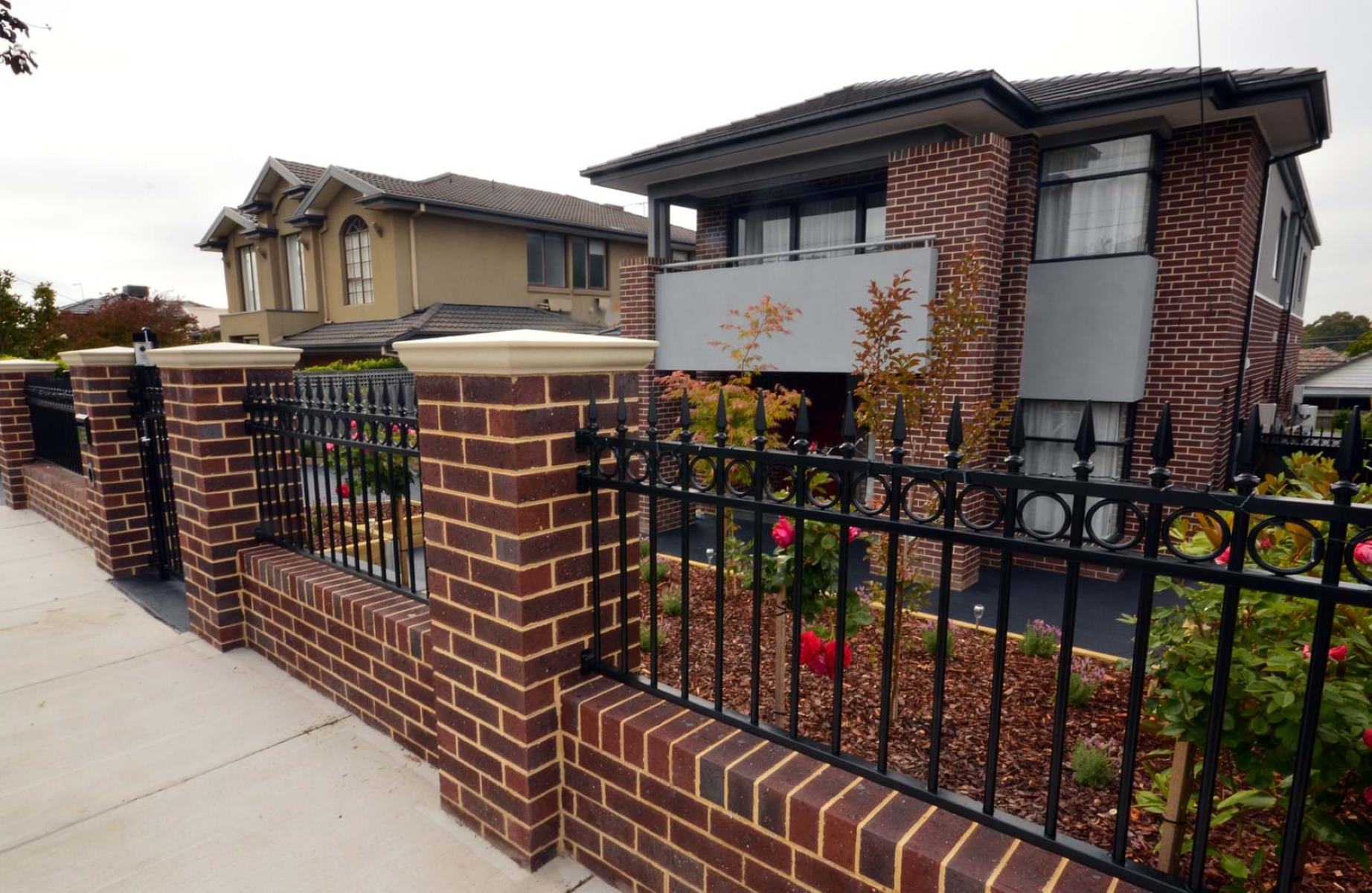
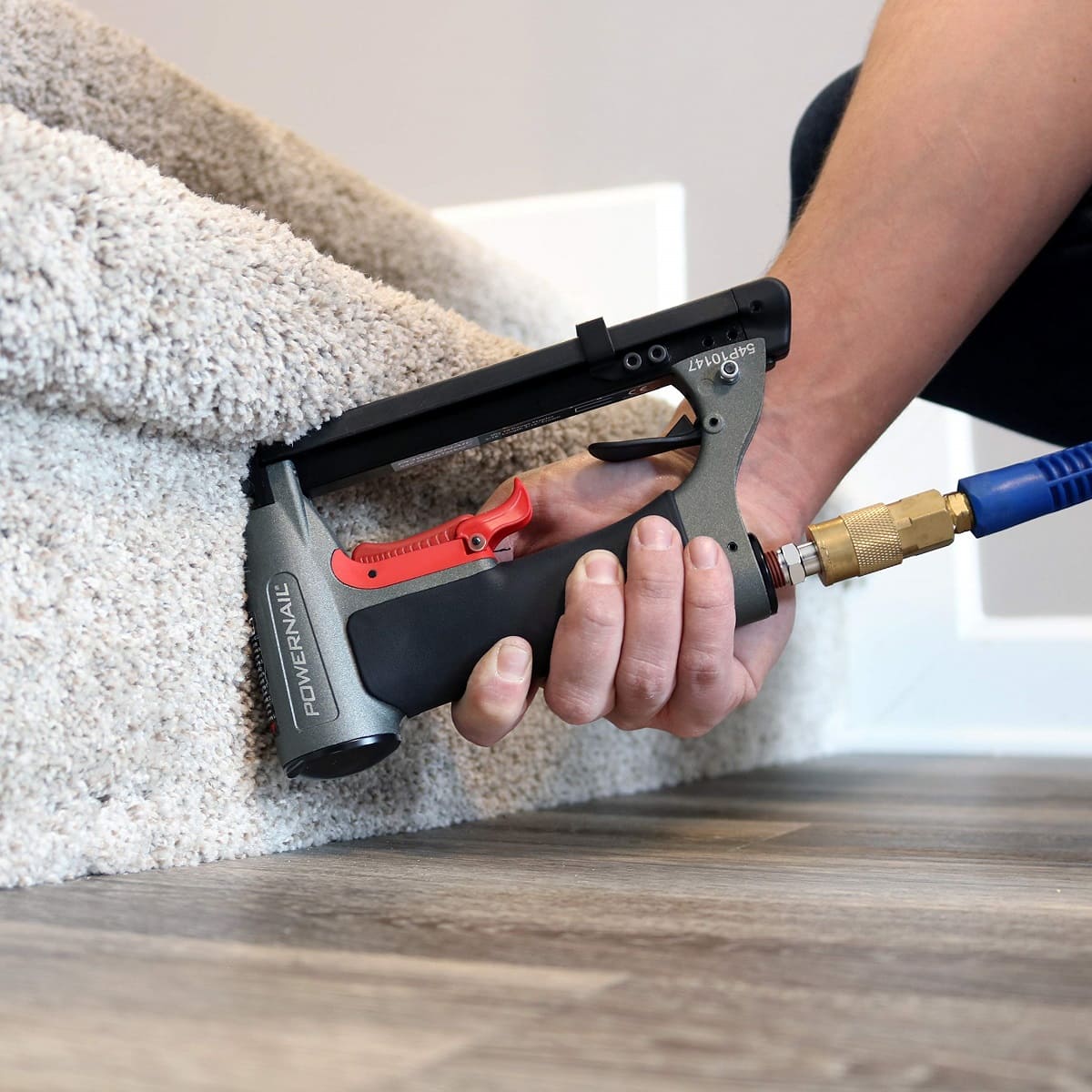

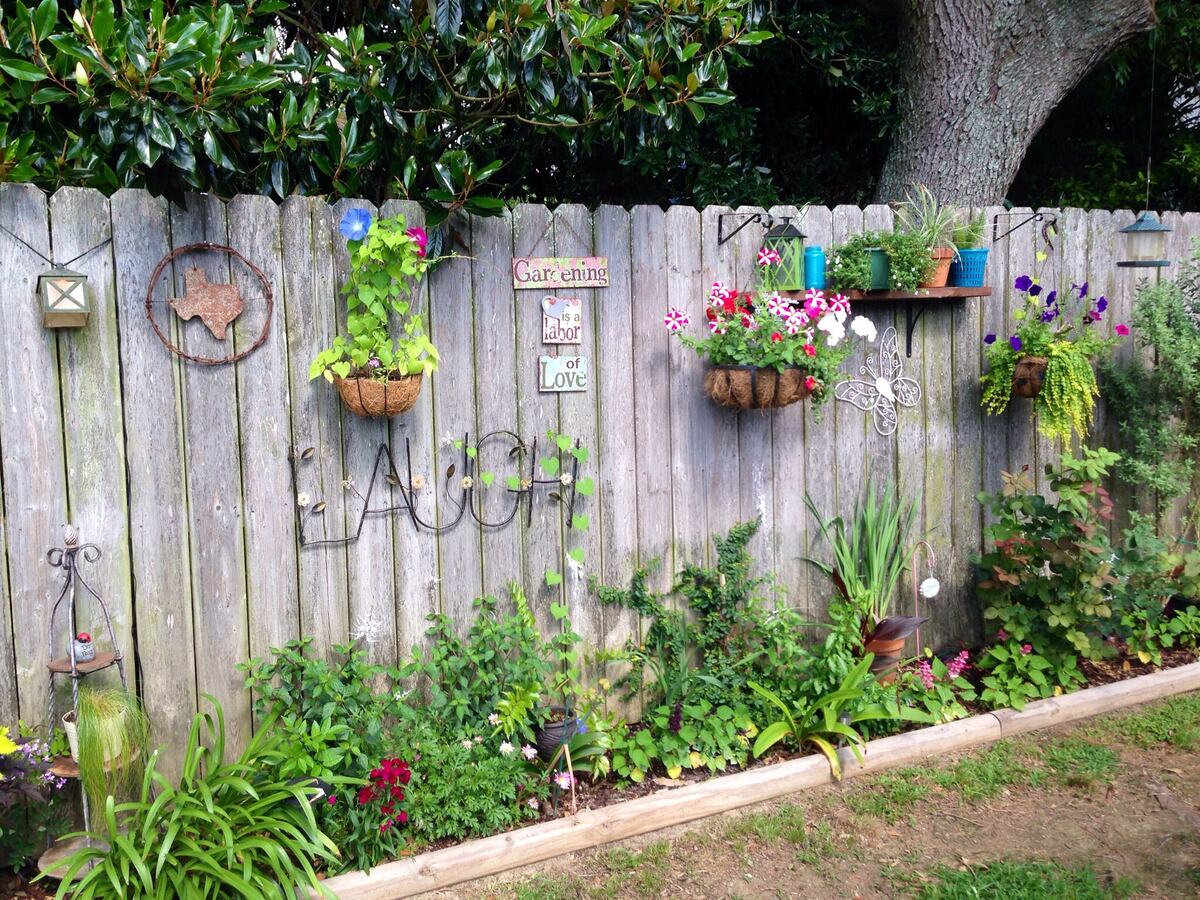
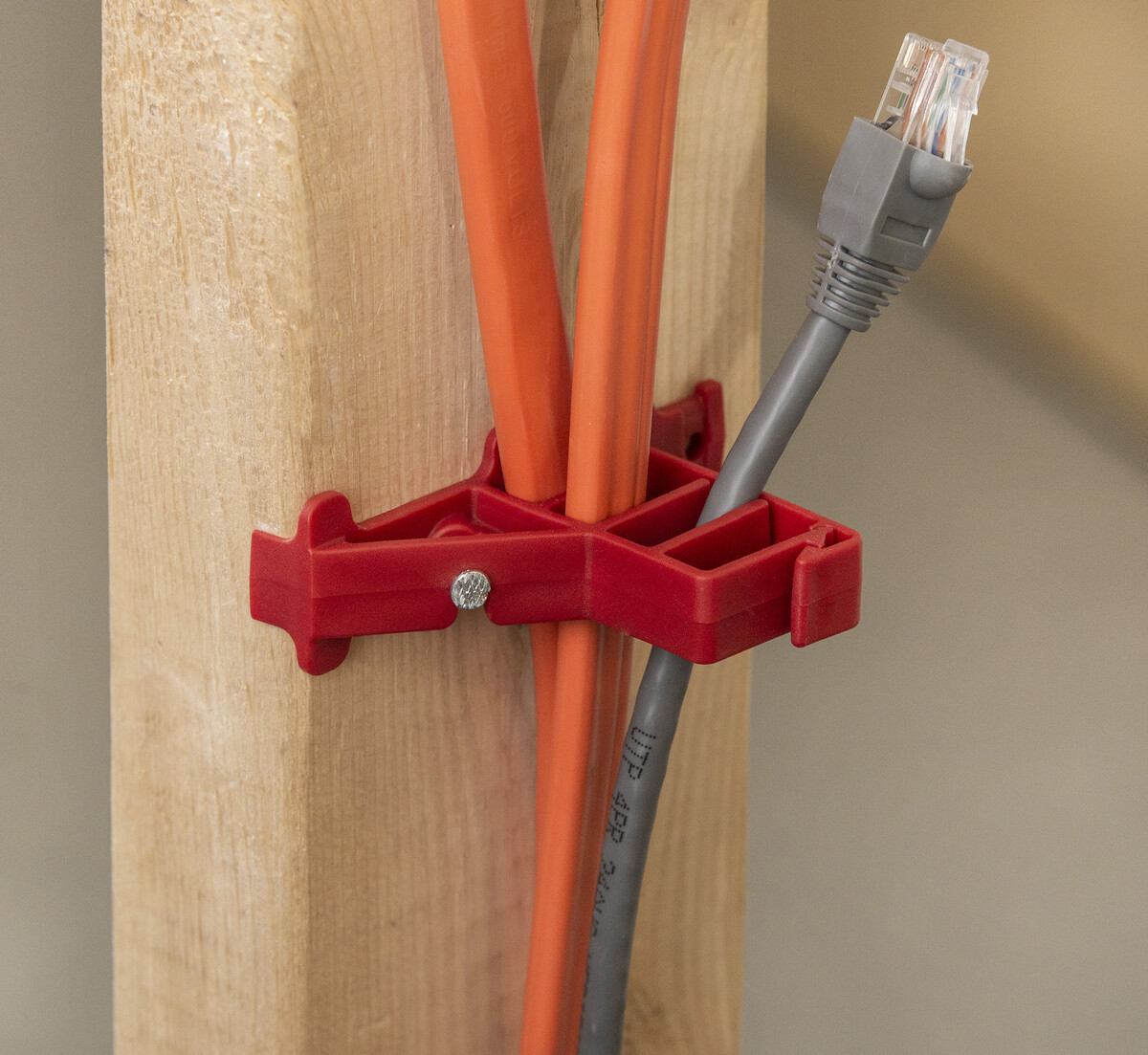
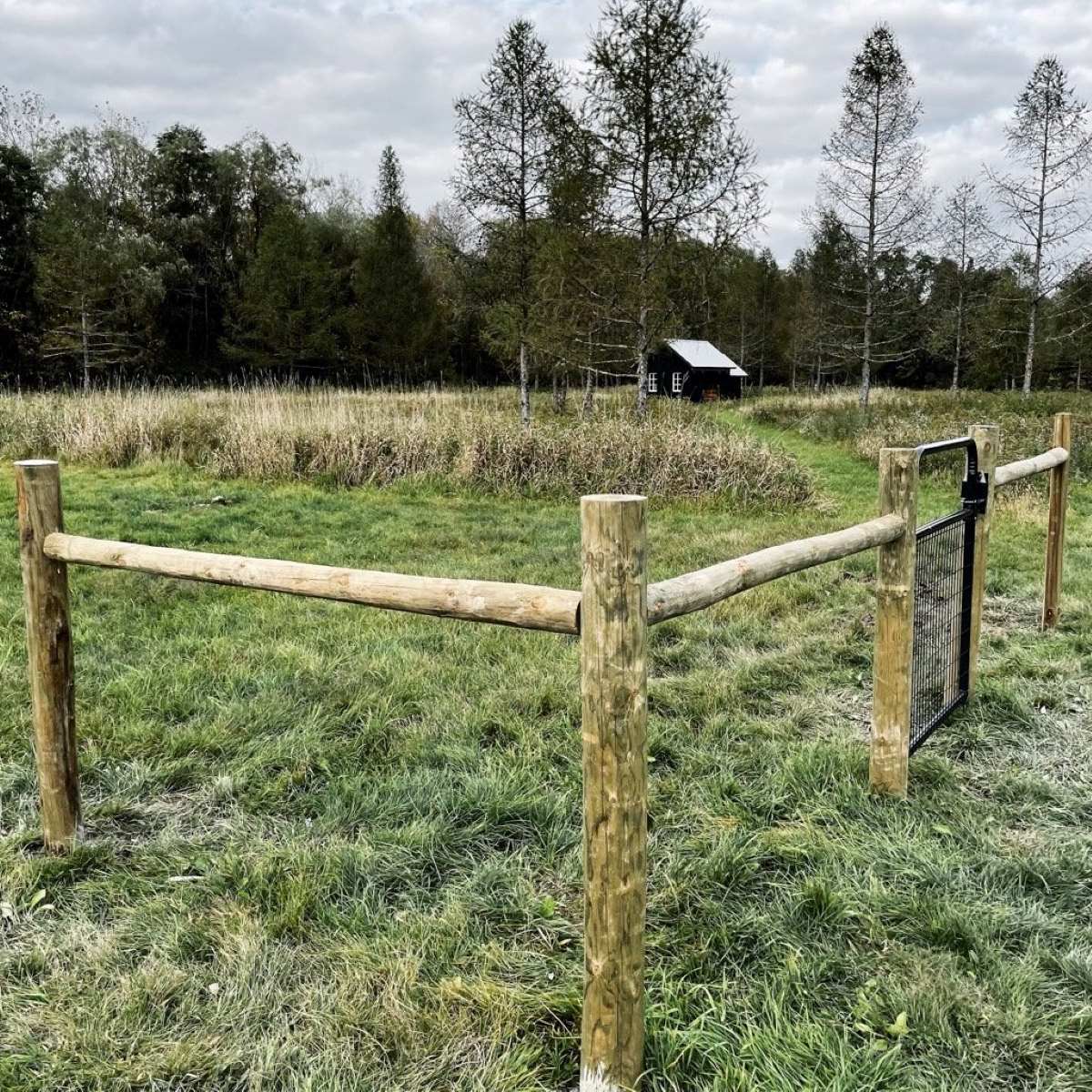

0 thoughts on “How To Use Fence Staples”